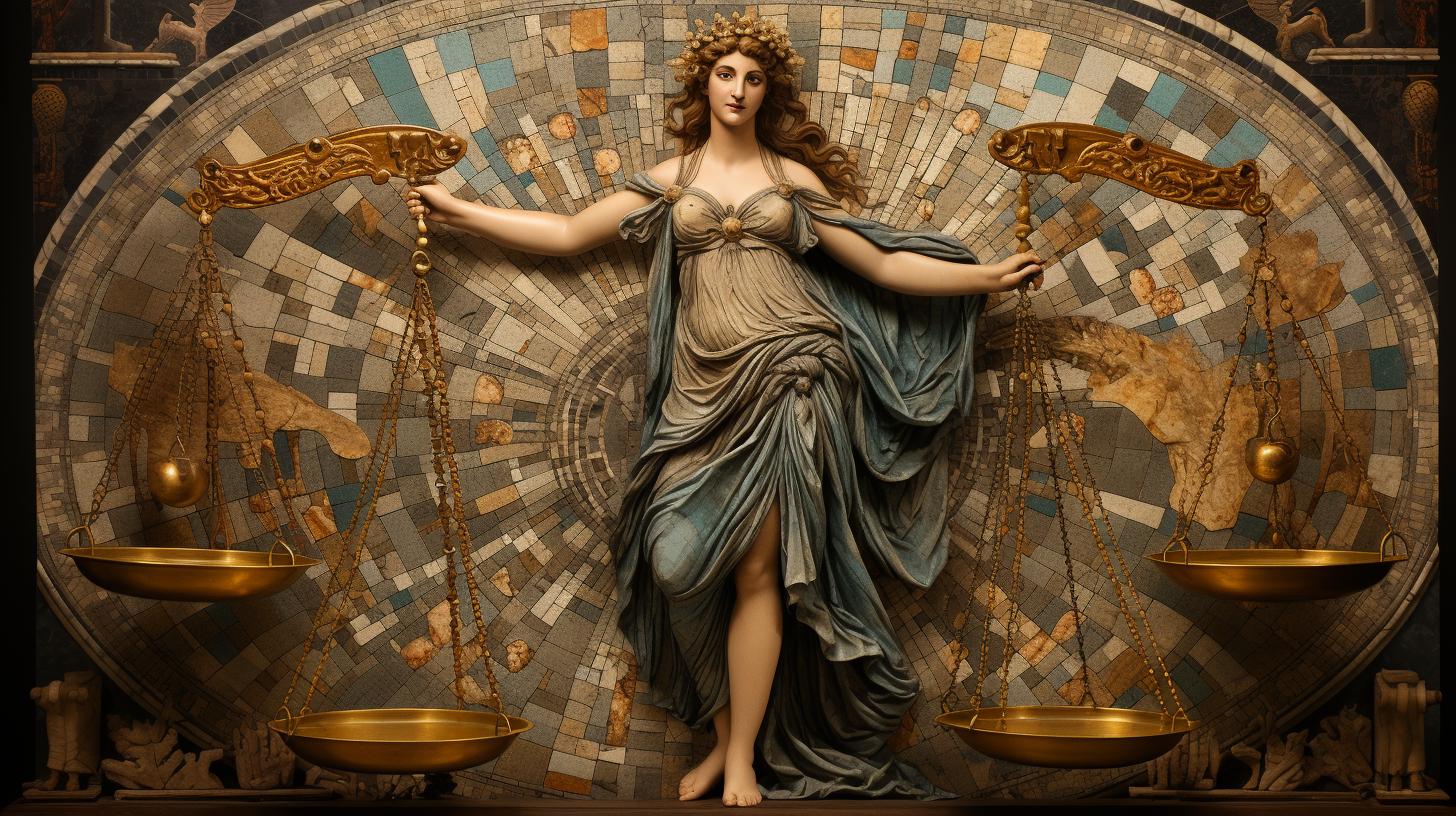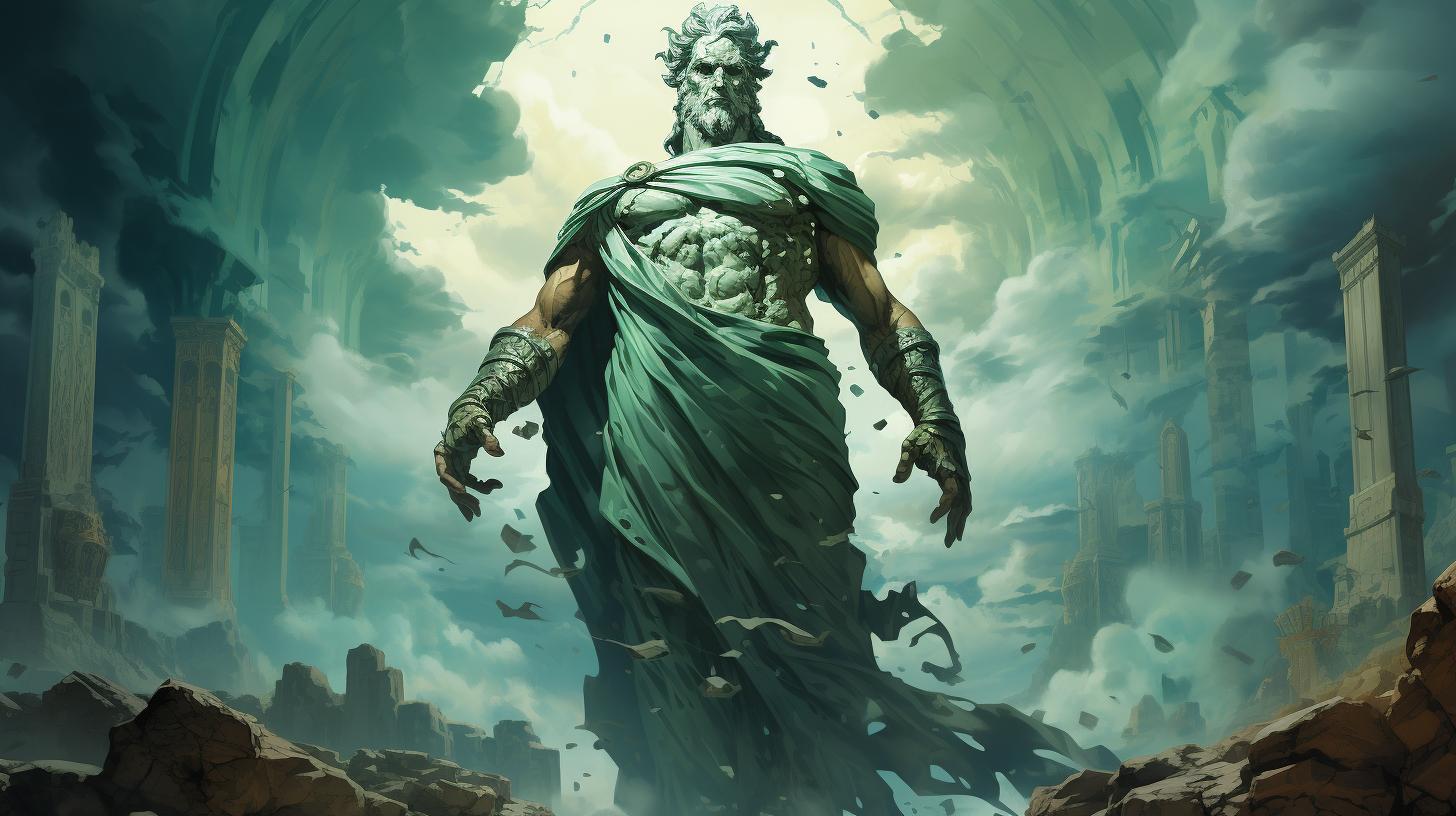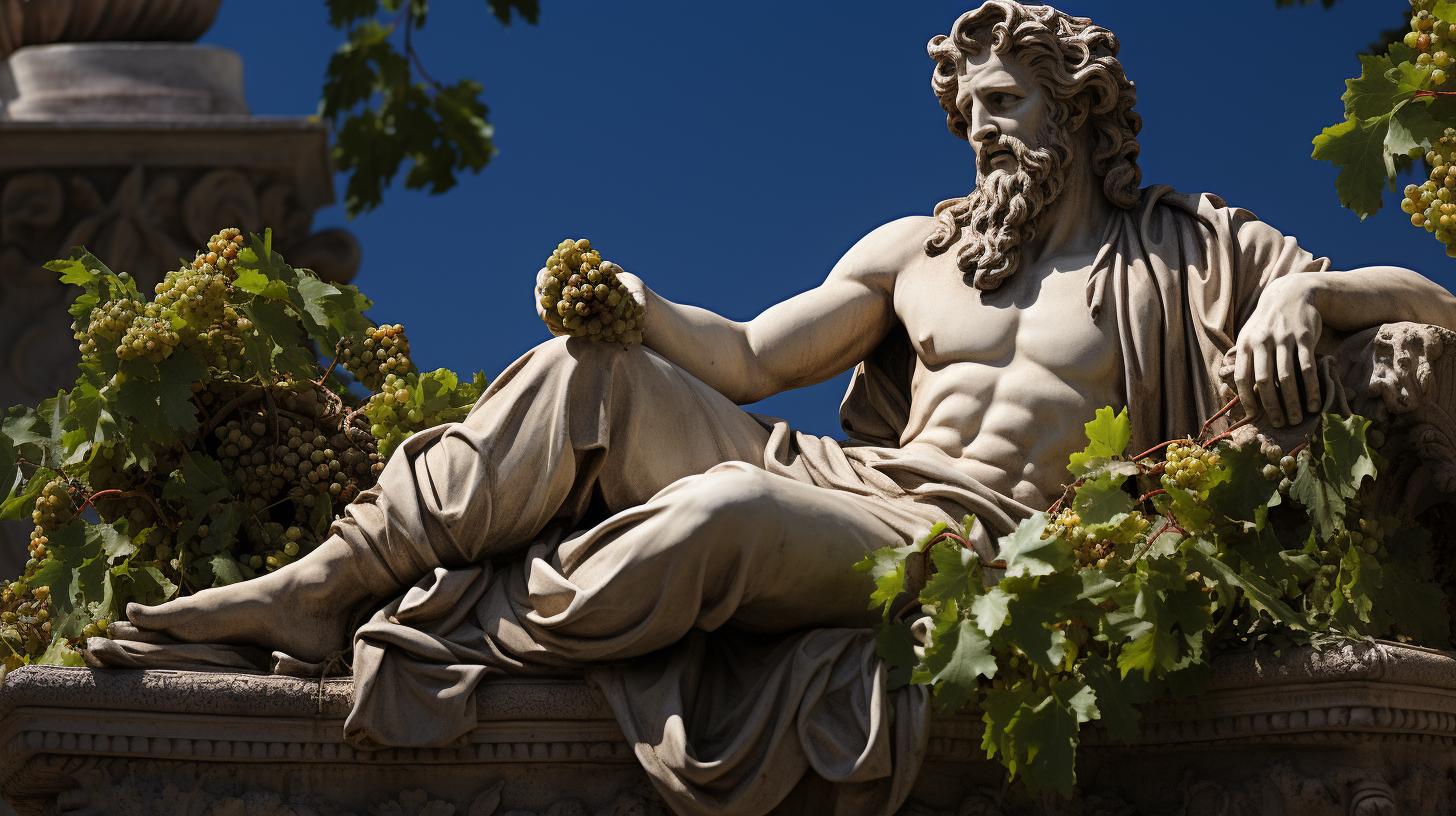Roman Goddess Juventas: The Protector of Youth in Roman Mythology

Juventas, the Roman goddess, held a crucial role in Roman mythology as the protector of youth. She was worshipped during coming-of-age ceremonies and had a dedicated temple. Associated with immortal energy and Roman glory, Juventas was also worshipped as Hebe in Greek mythology.
Young initiates would wear the toga virilis and present offerings at the Capitolina temple to honor Juventas. Sacrifices were made and temples were erected in her name. In imperial times, Juventas even embodied the Roman emperor.
Various ancient documents and authors emphasize her significance in Roman society.
The Mythological Background
The mythological background of Juventas revolves around the rich tapestry of Roman and Greek gods and goddesses. The Roman and Greek pantheons shared many deities, often with different names but similar attributes.
Roman and Greek Gods and Goddesses
In both Roman and Greek mythologies, the gods and goddesses held significant roles in the lives of the people. They represented various aspects of the human experience, embodying virtues, powers, and natural phenomena.
Roman mythology drew heavily from Greek mythology, often adapting and assimilating the Greek gods into the Roman pantheon.
Juventas in Greek Mythology – Hebe
Juventas, also known as Hebe in Greek mythology, played a similar role in both Roman and Greek cultures. Hebe was the daughter of Zeus and Hera, and her primary domain was youth and vitality.
She was the cupbearer of the gods, serving them with ambrosia, the nectar of immortality. Hebe was renowned for her eternal youth and beauty.
The association between Juventas and Hercules
One of the notable associations in Roman mythology is the connection between Juventas and Hercules. According to the myth, when Hercules ascended to Mount Olympus after completing his twelve labors, he married Hebe, thereby becoming Juventas’ consort.
This union symbolized strength, heroism, and the eternal cycle of youth and rejuvenation.
These interconnected myths and associations between Juventas, Hebe, and Hercules lay the foundation for understanding the significance of Juventas in Roman religion, society, and the concepts of youth and immortality.
Juventas in Roman Religion and Society
Juventas held a significant role in Roman religion and society, with her worship and cult being deeply intertwined. Let’s explore the various aspects related to Juventas’ presence in Roman religion and society:
Worship and Cult of Juventas
The worship of Juventas was an integral part of Roman religious practices.
Her cult involved various rituals and offerings dedicated to her divine nature as the protector of youth. People would gather in temples and perform ceremonies to honor and seek the blessings of Juventas.
Juventas and the Ceremony of Passage into Adulthood
One of the most important associations with Juventas was her role in the ceremony of passage into adulthood. This ceremony marked a significant transition for young individuals, symbolizing their entrance into adulthood.
As part of the ritual, the young initiates would dress in the toga virilis, signifying their maturity, and make offerings to Juventas, seeking her guidance and protection for their future.
The Temple of Juventas on the Capitol Hill
The prominence of Juventas was evident in the construction of the temple dedicated to her on the Capitol Hill. This magnificent temple served as a physical representation of her importance in Roman society.
People would visit the temple to pay their respects, offer sacrifices, and seek the blessings of Juventas.
Overall, Juventas played a crucial role in Roman religion and society, with a dedicated cult, involvement in the ceremony of passage into adulthood, and a remarkable temple on the Capitol Hill.
Juventas and Imperial Rome
Juventas, the Roman goddess, held great significance in Imperial Rome, representing both the power and glory of the empire. She was renowned as a symbol of Roman excellence and played a crucial role in the state religion.
Juventas as a Symbol of Roman Power and Glory
Juventas symbolized the strength and prosperity of the Roman Empire. Her association with youth and vitality represented the eternal youthfulness and vigor of Rome itself. The Romans believed that honoring Juventas would ensure the continuance of their power and ensure the empire’s lasting success.
Juventas and the Personification of the Emperor
In the imperial period, Juventas became closely linked with the emperor, personifying his divine role and authority. The emperor was regarded as the embodiment of Juventas, portraying the idealized image of youth, strength, and leadership.
This association strengthened the emperor’s position as the guardian and protector of the Roman people.
The Role of Juventas in Roman State Religion
Juventas held a prominent place in Roman state religion, with various rituals and ceremonies dedicated to her worship. She was honored alongside other major deities, emphasizing her importance in the religious and cultural fabric of Rome.
The state-sponsored sacrifices and prayers aimed at appeasing Juventas played a crucial role in maintaining the harmony and prosperity of the empire.
Additionally, the temple dedicated to Juventas on the Capitol Hill served as a central location for worship and religious activities. It stood as a testament to the reverence and devotion the Romans had for Juventas.
Overall, Juventas played a vital role in the imperial era, symbolizing Roman power and glory, personifying the emperor, and acting as a focal point in Roman state religion. The worship and veneration of Juventas were deeply ingrained in the lives of the Roman people, underscoring her enduring significance in the fabric of ancient Roman society.
Historical Accounts and References
The historical significance of Juventas can be traced through various ancient documents and references, highlighting her importance in Roman society and religion. These accounts shed light on the role of Juventas and provide insights into the beliefs and practices of the Roman people.
Ancient Documents Highlighting Juventas’ Importance
A number of ancient documents mention Juventas and emphasize her significance in Roman culture. These texts include religious texts, historical accounts, and inscriptions found on artifacts and temples. They provide valuable information about the worship and devotion dedicated to Juventas, confirming her revered status among the Romans.
Juventas in Livy’s Historical Narratives
Livy, the renowned Roman historian, references Juventas in his historical narratives, illustrating her role in various significant events and rituals. Livy’s writings offer glimpses into the rituals associating Juventas with the transition of young individuals into adulthood, emphasizing her role as the protector of youth in Roman society.
References to Juventas in Other Ancient Authors
Besides Livy, other ancient authors make references to Juventas, further validating her importance. These authors include Ovid, Vergil, and Cicero, among others. Their works provide additional insights into the worship of Juventas, her association with other gods and goddesses, and her symbolism within Roman religious practices.
Through these historical accounts and references, we gain a deeper understanding of the cultural, religious, and societal significance of Juventas in ancient Rome.
Legacy and Influence
Juventas, the Roman goddess of youth, has left a significant mark on art, literature, and contemporary culture. Her timeless presence continues to inspire and captivate both artists and audiences alike.
Juventas in Art and Literature
Throughout history, artists and writers have drawn upon the symbolism and beauty associated with Juventas. In paintings and sculptures, she is often depicted as a youthful and radiant figure, symbolizing the vitality and potential of youth.
Her presence in literary works, such as poems and epics, serves as a representation of rejuvenation and the transition from adolescence to adulthood.
Noteworthy classical works, including Ovid’s Metamorphoses and Virgil’s Aeneid, showcase Juventas as a prominent character, emphasizing her significance in Roman mythology and her transformative role in the narratives.
Modern Interpretations and Representations of Juventas
In today’s world, Juventas continues to inspire contemporary artists who reimagine her image and symbolism in various art forms. Painters, sculptors, and photographers draw upon her themes of youthfulness, growth, and transition to explore personal and societal narratives.
Likewise, authors and filmmakers incorporate elements of Juventas’ story into their works, intertwining her mythological essence with contemporary themes to explore the eternal nature of youth and the human experience.
Continuing Relevance of Juventas in Contemporary Culture
The legacy of Juventas extends beyond the realms of art and literature. Her influence can be seen in modern society, particularly in the celebration of youth and the recognition of the importance of coming-of-age rituals.
Her symbolism serves as a reminder of the fleeting nature of youth, encouraging individuals to embrace their vitality and make the most of their formative years. Moreover, Juventas embodies the timeless ideals of energy, hope, and growth, resonating with individuals of all ages who seek inspiration and renewal.
- Artists continue to explore Juventas’ portrayal, capturing her essence in various mediums.
- Writers and filmmakers incorporate elements of Juventas’ mythology into contemporary narratives.
- Her symbolism inspires individuals to embrace the fleeting nature of youth and vitality.
- Juventas serves as a timeless representation of growth, hope, and renewal.
.
…





















